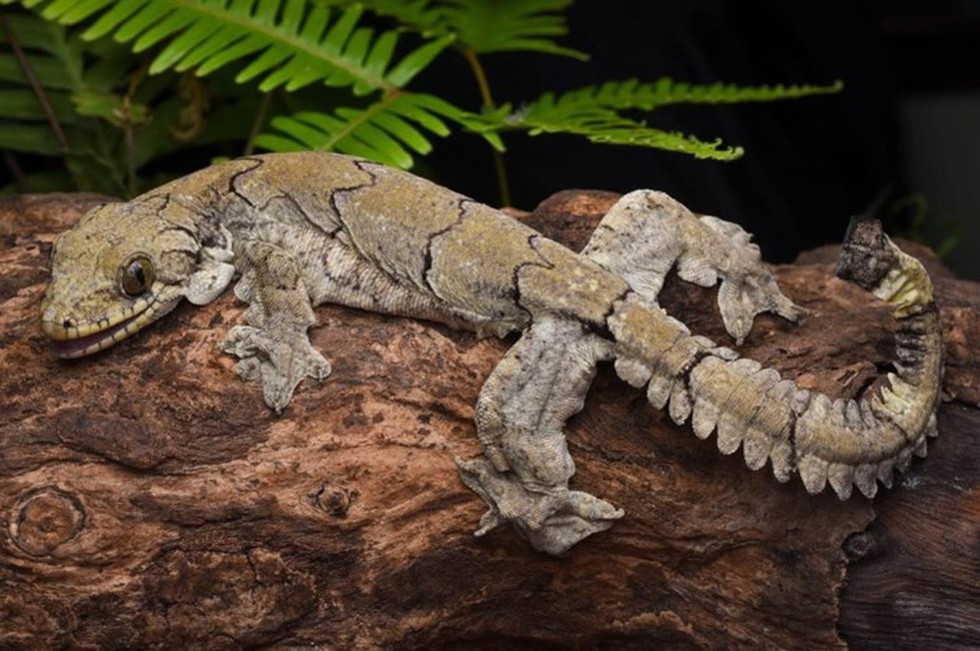
About Mizoram parachute gecko:
- It is a newly discovered species of gliding geckos.
- The Mizoram parachute gecko, or Gekko mizoramensis, is one of the 14 geckos known to take to the air.
- It is thought that the species evolved as a result of being separated from its closest relative, G. popaensis, by the Arakan Mountains.
- Features:
- Unlike other gliding reptiles, which use the bone to form their flying surfaces, these geckos have flaps of skin.
- When the lizards leap off a tall structure, air resistance pushes the flaps out to their full extent, much like a parachute, slowing the speed at which they fall.
- The skin flaps also help to break up their shape, acting as a camouflage against predators.
- Their specialised camouflage and body shape are shared by multiple species, making it hard to tell them apart from one another.
What are Geckos?
- They are reptiles and are found on all continents except Antarctica.
- They are believed to be among the earliest evolving squamates, the group that contains all lizards, snakes and their close relatives.
- There are more than 1,200 species of gecko today, making up around a fifth of all known lizards.
- They have adapted to habitats from rain forests, to deserts, to cold mountain slopes.
- Features:
- They had evolved the adhesive pads on their feet which allow them to climb almost any surface using a network of microscopic hairs.
- Like snakes, most geckos have a clear protective covering over their eyes.
- A gecko’s tail may be long and tapering, short and blunt, or even globular.
- The tail serves in many species as a storehouse of fat upon which the animal can draw during unfavourable conditions.
- Unlike other reptiles, most geckos have a voice, the call differing with the species and ranging from a feeble click or chirp to a shrill cackle or bark.
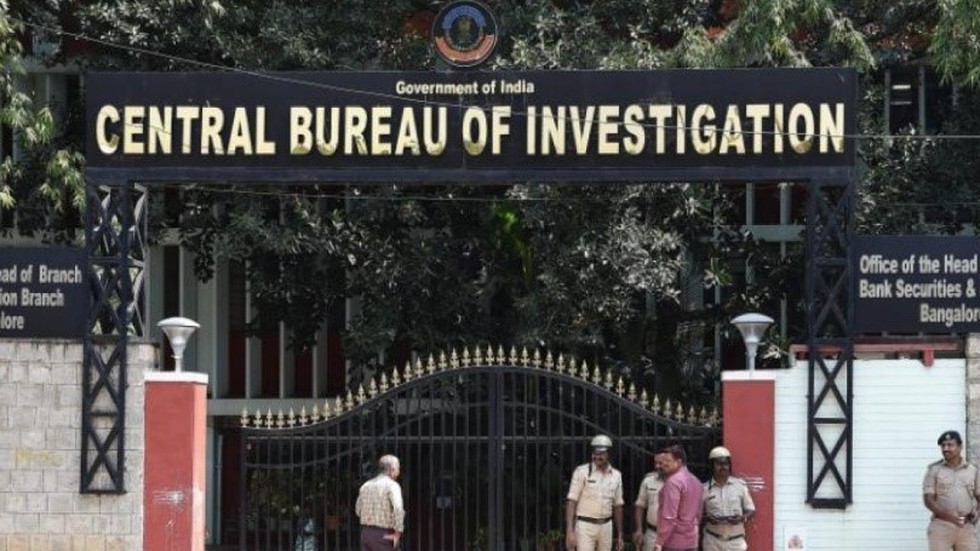
About General Consent to the CBI:
- Why is the consent of states needed?
- The CBI is governed by The Delhi Special Police Establishment (DSPE) Act of 1946, which requires the investigative agency to obtain the consent of state governments before it can investigate a crime in a particular state.
- Section 6 of The DSPE Act (“Consent of State Government to exercise of powers and jurisdiction”) says: “Nothing contained in section 5 (titled “Extension of powers and jurisdiction of special police establishment to other areas”) shall be deemed to enable any member of the Delhi Special Police Establishment to exercise powers and jurisdiction in any area in a State, not being a Union territory or railway area, without the consent of the Government of that State”.
- In other words, without a state government’s consent, the CBI cannot exercise its power within that state's borders.
- The CBI’s position is in this respect different from that of the National Investigation Agency (NIA), which is governed by The NIA Act, 2008, and has jurisdiction all over the country.
- What is the general consent for CBI?
- Consent given by a state government to the CBI can come in two forms, either case-specific, or 'general'.
- General consent, as the name indicates, allows the CBI to operate seamlessly within states.
- When a state gives a general consent to the CBI for probing a case, the agency is not required to seek fresh permission every time it enters that state in connection with investigation or for every case.
- Withdrawal of general consent also means that the CBI will not be able to register any fresh case involving central government officials or private persons in a particular state without prior permission of that state government.
- The CBI can continue to investigate cases in a state registered prior to the withdrawal of general consent.
- In contrast, if the CBI does not have the general consent of a state government, it is required to apply for consent on a case-by-case basis and cannot act before the consent is given.
- If specific consent is not granted, the CBI officials will not have the power of police personnel when they enter that state.
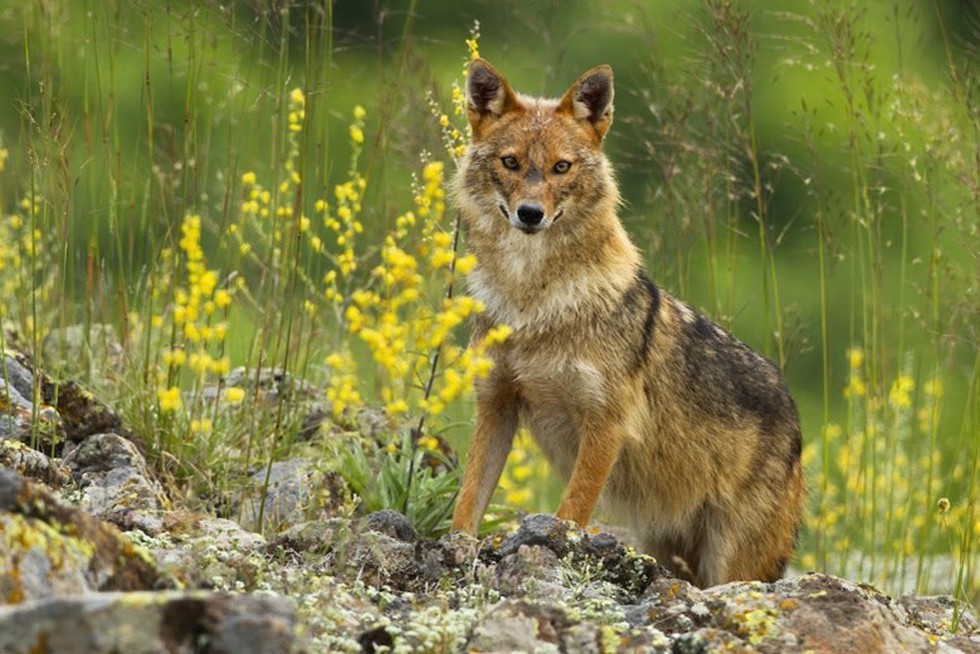
About Golden Jackal:
- The golden jackal, also known as the common jackal, is a medium-sized wolf-like canid.
- Scientific Name: Canis aureus
- They are small compared to their close relatives, wolves, and wild dogs.
- Distribution:
- They are widely distributed from North and East Africa to southeastern Europe and South Asia, including Burma.
- They are abundant in valleys and along rivers and their tributaries, canals, lakes, and seashores, but are rare in foothills and low mountains.
- They are quite widespread across India. Right from the Himalayan foothills, down to the Western Ghats, the Golden Jackal has a wide distribution.
- Features:
- It has long, pointed ears and long hair.
- The coat of the animal is rather coarse and not very long.
- The tail is fluffy and long.
- The coloration of their fur depends on the season of year and region, varying from yellow to pale gold with a brown tip.
- They are monogamous, meaning they mate for life.
- They are opportunistic omnivores that feed on both plants and meat.
- They are territorial animals that hunt in groups. Their groups are known as packs.
- Golden jackals stay nocturnal if they live in an area that humans inhabit. They remain under rocks for shelter during the day and come out at night. However, in other areas, they may be partly diurnal, meaning they are active during the day.
- Conservation Status:
- IUCN: Least Concern
- Wildlife Protection Act, 1972: Schedule II
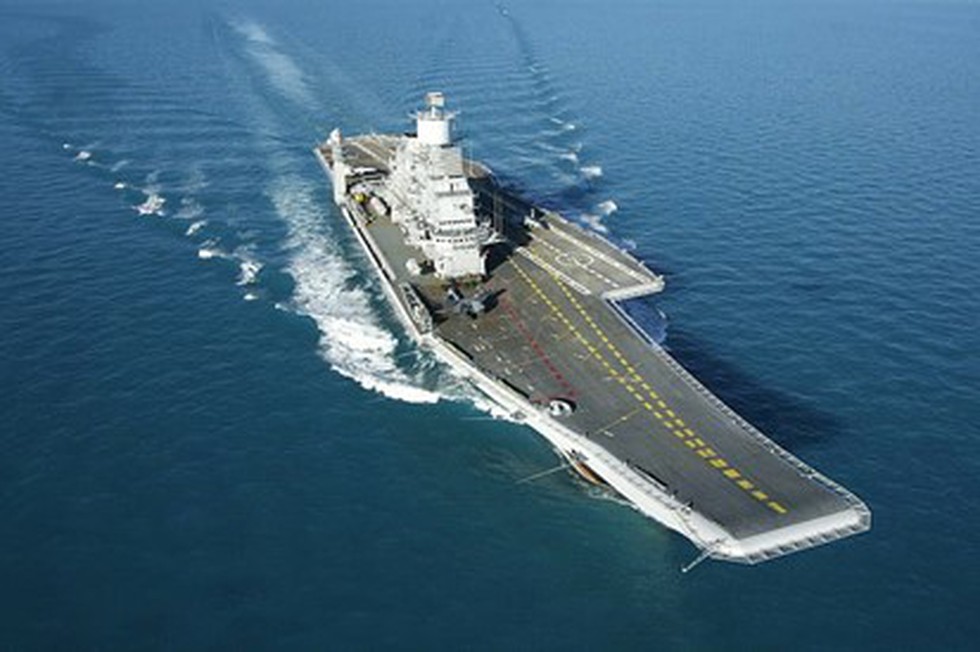
About INS Vikramaditya:
- It is a modified Kiev-class aircraft carrier which entered into service with the Indian Navy in 2013.
- It has been renamed in honour of Vikramaditya, a legendary emperor of Ujjain, India.
- History:
- The carrier served with the Soviet Navy and later with the Russian Navy (as Admiral Gorshkov) before being decommissioned in 1996.
- It was later bought by India in 2004 for $2.33bn.
- It was commissioned in 2013 after refurbishing.
- Features:
- It has an overall length of about 284 meters and a maximum beam of about 60 meters.
- The ship has a total of 22 decks. It can carry more than 1,600 personnel, including crew.
- Displacement: 44,500 Tonnes
- It has a maximum speed of more than 30 knots and can achieve a maximum range of 7,000nmi.
- It can endure up to 45 days at sea.
- It is powered by 08 new-generation steam boilers.
- The ship has the ability to carry over 30 aircraft comprising an assortment of MiG 29K/Sea Harrier, Kamov 31, Kamov 28, Sea King, ALH-Dhruv and Chetak helicopters.
- The aircraft carrier can be armed with a wide range of weapons, including anti-ship missiles, beyond visual range air-to-air missiles, guided bombs, and rockets.
- The ship is equipped with state-of-the-art launch and recovery systems along with aids to enable smooth and efficient operation of ship-borne aircraft.
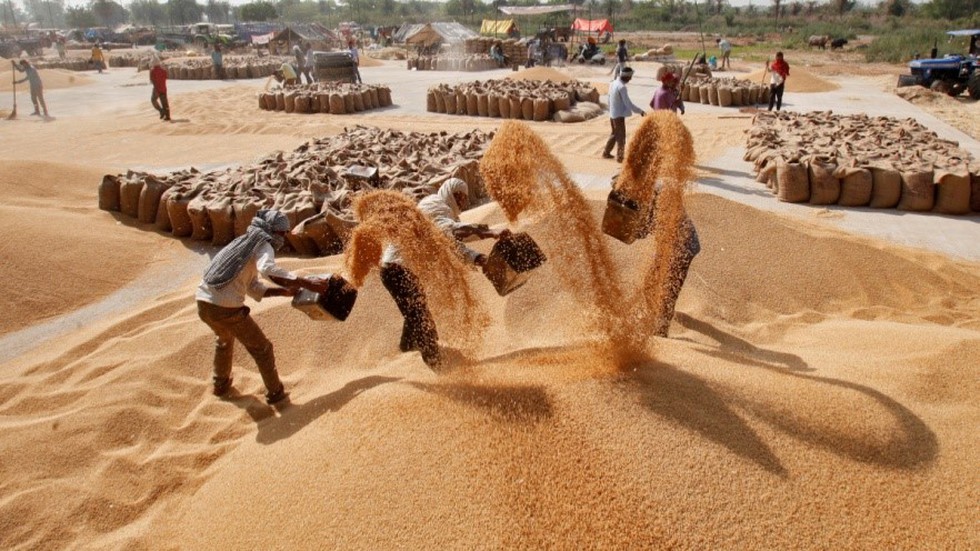
About Open Market Sale Scheme (OMSS):
- Under OMSS, the Food Corporation of India (FCI) sells surplus stocks of wheat and rice at pre-determined prices through e-auction in the open market.
- Objective: To enhance the supply of food grains, especially wheat, during the lean season and thereby moderate the open market prices, specially in the deficit regions.
- The FCI conducts a weekly auction to conduct this scheme in the open market using the platform of commodity exchange NCDEX(National Commodity and Derivatives Exchange Limited).
- The State Governments/ Union Territory Administrations are also allowed to participate in the e-auction, if they require wheat and rice outside the Targeted Public Distribution Scheme (TPDS) and Other Welfare Schemes (OWS).
- The reserve price is fixed by the government. In the tenders floated by the FCI, the bidders cannot quote less than the reserve price.
- The present form of OMSS comprises 3 schemes as under:
- Sale of wheat to bulk consumers/private traders through e-auction.
- Sale of wheat to bulk consumers/private traders through e-auction by dedicated movement.
- Sale of Raw Rice Grade ‘A’ to bulk consumers/private traders through e-auction.
Key facts about Food Corporation of India (FCI):
- It is a statutory body set up in 1965 (under the Food Corporation Act, 1964) against the backdrop of major shortage of grains, especially wheat, in the country.
- It comes under the ownership of the Ministry of Consumer Affairs, Food and Public Distribution, Government of India.
- Headquarters: New Delhi
- FCI was mandated with three basic objectives:
- to provide effective price support to farmers;
- to procure and supply grains to PDS for distributing subsidized staples to economically vulnerable sections of society;
- keep a strategic reserve to stabilize markets for basic foodgrains;

About Gender Social Norms Index (GSNI) 2023:
- It quantifies biases against women, capturing people’s attitudes toward women’s roles.
- It tracked people’s attitudes towards women in four dimensions: political, educational, economic and physical integrity.
Key points of GSNI 2023
- The index, covering 85 per cent of the global population, reveals that close to 9 out of 10 men and women hold fundamental biases against women.
- Nearly 90% of people still hold at least one bias against women and 25 per cent of people believe it is justified for a man to beat his wife.
- Countries with greater bias in gender social norms also show a lower presence of women in parliament.
- Indigenous women, migrant women and women with disabilities have meagre political representation, demonstrating how overlapping biases can further reduce opportunities for women.
- The recent increase in education achievements has not translated into better economic outcomes and opportunities for women.

About Execution only platform (EOP)
- It is a digital or online platform which facilitates transactions such as subscription, redemption and switch transactions in direct plans of schemes of mutual funds.
- Till now, there was no specific framework available for technology/digital platforms (including platforms provided by Investment Advisers/Stock Brokers to non-clients) to provide execution-only services in direct plans of mutual fund schemes.
- As per the new SEBI’s new guidelines, no entity would be allowed to operate as an EOP without obtaining registration from SEBI or the Association of Mutual Funds in India (AMFI).
- Categories of EOP: The capital markets regulator has divided EOPs into two categories.
- Category 1 EOPs: These would need to be registered with AMFI, the mutual fund industry body.
- Under this category, the EOPs would act as an agent of asset management companies (AMCs) and integrate their systems with AMCs and/or Registrar and Transfer Agents (RTAs) authorized by AMCs to facilitate transactions in mutual funds.
- These entities may act as an aggregator of the transactions in direct plans of schemes of mutual funds and provide services to investors or other intermediaries.
- Category 2 EOPs: These would need to be registered as a stock broker with SEBI and can operate as an agent of investors and operate only through the platforms provided by the stock exchanges.
What is Mutual Fund?
- It is a pool of money managed by a professional Fund Manager.
- It is a trust that collects money from a number of investors who share a common investment objective and invests the same in equities, bonds, money market instruments and/or other securities.

About IIPDF Scheme:
- What it is? It is a Central Sector Scheme which will aid the development of quality PPP projects by providing necessary funding support to the project sponsoring authorities, both in the Central and State Governments.
- Funding:
- The corpus of the IIPDF shall comprise of initial budgetary outlay of Rs. 100 Crore by the Ministry of Finance.
- Funding under IIPDF Scheme is in addition to the already operational Scheme for Financial Support to PPPs in Infrastructure (VGF Scheme).
- Composition of the IIPDF approval committee:
- Chairperson: Joint secretory, DEA
- Representative of NITI Aayog
- Member Secretary: Deputy Secretory/Private Investment Unit, DEA
- The approval committee will
- Select projects for which project development costs will be funded.
- Set the terms and conditions under which the funding will be provided and recovered.
- Set milestones for disbursing and recovering (where appropriate) the funding.
- The Public-Private Partnership Cell of the DEA will provide support functions to examine the applications received for assistance under IIPDF.
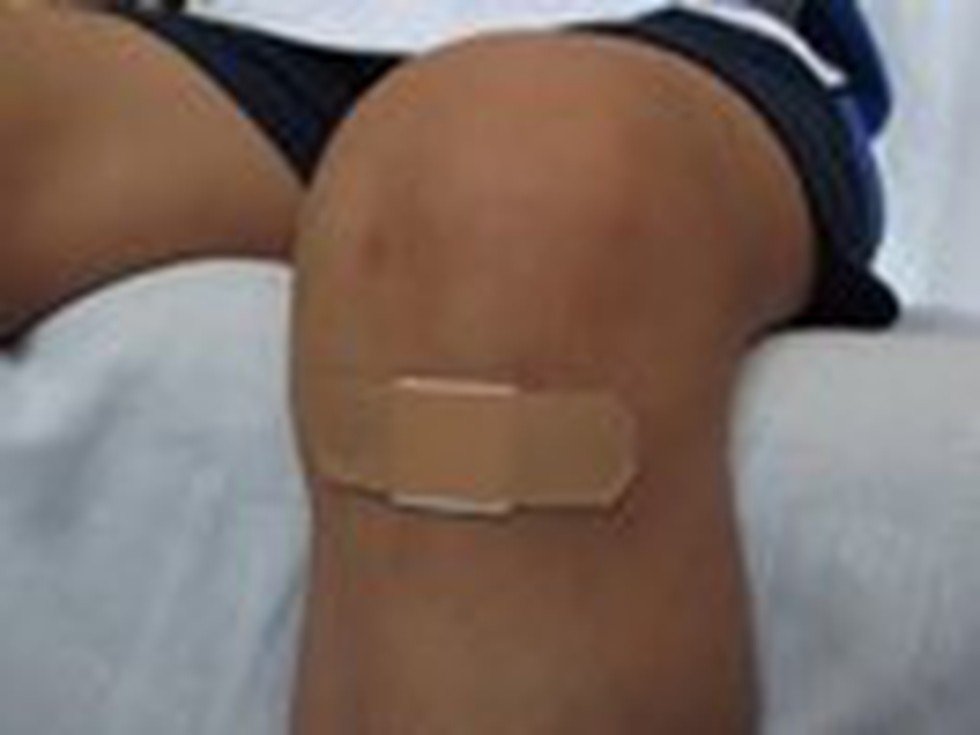
About Cholederm:
- It is a wound healing material derived from the extracellular matrix of the de-cellularised gall bladder of pigs and tissue engineered as membrane forms of a scaffold.
- It healed different types of skin wounds including burn and diabetic wounds in rats, rabbits or dogs etc. faster than similar products currently available in the market
- It is the first indigenously developed product to meet all regulatory requirements.
- The scaffold modulated the scarring reactions in subcutaneous, skeletal-muscle and cardiac tissues.
Key facts about CDSCO
- It is the Central Drug Authority for discharging functions assigned to the Central Government under the Drugs and Cosmetics Act of 1940.
- It works under the Ministry of Health & Family Welfare.
- Under the Drugs and Cosmetics Act, CDSCO is responsible for -
- Approval of Drugs.
- Conduct Clinical Trials.
- Laying down the standards for Drugs.
- Control over the quality of imported Drugs in the country.
- Along with state regulators, it is jointly responsible for the grant of licences to certain specialised categories of critical Drugs such as vaccines and sera, etc.
- Drugs Controller General of India (DCGI): DCGI is the head of the department of the CDSCO of the Government of India responsible for approval of licences of specified categories of drugs such as blood and blood products, IV fluids, vaccines and sera in India.
- DCGI also sets standards for the manufacturing, sales, import, and distribution of drugs in India.
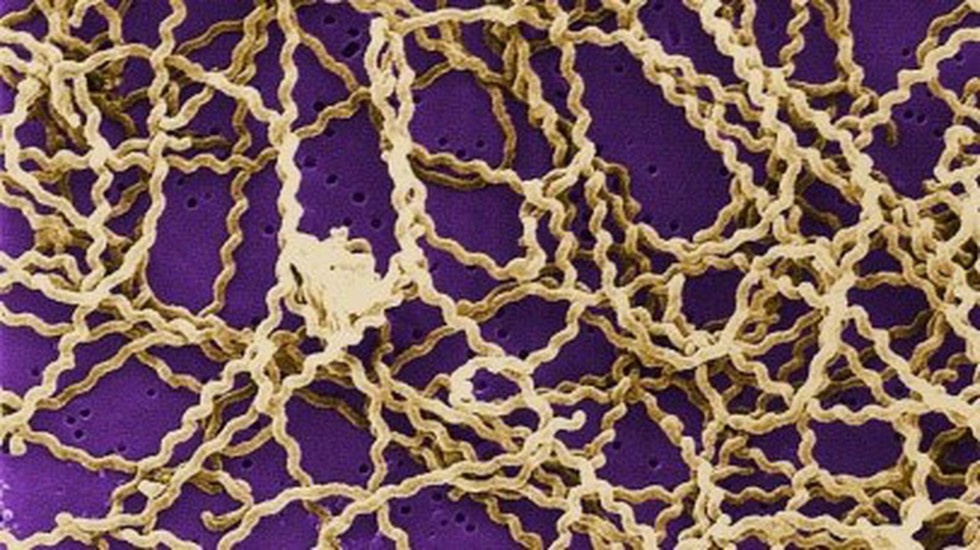
About Leptospirosis:
- It is a potentially fatal zoonotic bacterial disease.
- The disease is caused by a bacterium called Leptospira interrogans, or Leptospira.
- It is more prevalent in warm, humid countries and both urban and rural areas.
- It is a contagious disease in animals but is occasionally transmitted to humans in certain environmental conditions.
- The carriers of the disease can be either wild or domestic animals, including rodents, cattle, pigs, and dogs.
- The cycle of disease transmission begins with the shedding of Leptospira, usually in the urine of infected animals.
- According to the U.S. Centres for Disease Control and Prevention, infected animals can continue to excrete the bacteria into their surroundings for a few months, but sometimes up to several years.
- Leptospirosis may occur in two phases:
- After the first phase (symptoms: fever, chills, headache, muscle aches, vomiting, or diarrhoea) the patient may recover for a time but become ill again.
- If a second phase occurs, it is more severe; the person may have kidney or liver failure or meningitis.
- It can be treated with antibiotics.


.png)
.png)
.png)
























































































































































.png)
.png)
.png)
.png)
.png)


.png)
.png)
.png)





.png)
.png)






.png)
.png)
.png)
.png)
.png)
.png)
.png)
.png)
.png)

.png)







.png)
.png)


.png)
.png)
.png)


.png)

.png)
.png)





.jpg)

.png)
.png)


.png)

.png)
.png)
.png)

.jpg)

.jpg)


.png)

.png)
.png)
.png)
.png)
.png)
.png)
.png)
.png)
.png)
.png)




.png)

.png)





.png)
.png)
.png)
.png)
.png)
.png)
.png)
.png)
.png)
.png)
.jpg)
.jpg)

.png)
.png)
.png)
.png)
.png)
.png)
.png)
.png)
.png)
.png)
.png)
.png)
.png)
.png)
.png)
.png)
.png)
.png)
.png)



.png)
.png)

.jpg)
.jpg)


.jpg)
.jpg)
.jpg)
.jpg)
.jpg)

.jpg)








.jpg)
.jpg)
.jpg)
.jpg)
.jpg)

















.jpg)
.jpg)







.jpg)


















.jpg)
.jpg)






























































































.jpg)
.jpg)


























.jpg)

.jpg)










.jpg)








.jpg)




.jpg)










.jpg)


















.jpg)












































.jpg)














.jpg)
.jpg)
.jpg)





.jpg)

.jpg)
.jpg)





































































.jpg)


































.jpg)
.jpg)
















































.jpg)












.jpg)


.jpg)




.jpg)
.jpg)
.jpg)

.jpg)
.jpg)
.jpg)
.jpg)

.jpg)
.jpg)
.jpg)

.jpg)
.jpg)
.jpg)
.jpg)
.jpg)
.jpg)
.jpg)
.jpg)

.jpg)


.jpg)
.jpg)
.jpg)
.jpg)
.jpg)
.jpg)
.jpg)
.jpg)
.jpg)
.jpg)











.jpg)
.jpg)





.jpg)
.jpg)
.jpg)
























.jpg)
























.jpg)









.jpg)
.jpg)







.jpg)
.jpg)









































.jpg)
.jpg)
.jpg)
.jpg)
.jpg)

.jpg)
.jpg)
.jpg)
.jpg)
.jpg)


.jpg)
.jpg)
.jpg)
.jpg)
.jpg)

.jpg)
.jpg)
.jpg)
.jpg)
.jpg)
.jpg)
.jpg)
.jpg)
.jpg)
.jpg)
.png)

.png)
.png)

.png)
.png)
.png)
.png)


.jpg)
.jpg)

.jpg)
.jpg)
.jpg)

.png)
.png)
.png)
.png)
.png)
.png)
.png)

.png)
.png)
.png)
.png)
.png)
.png)
.png)
.png)
.png)
.png)





































































-min.png)



.png)




.png)








































